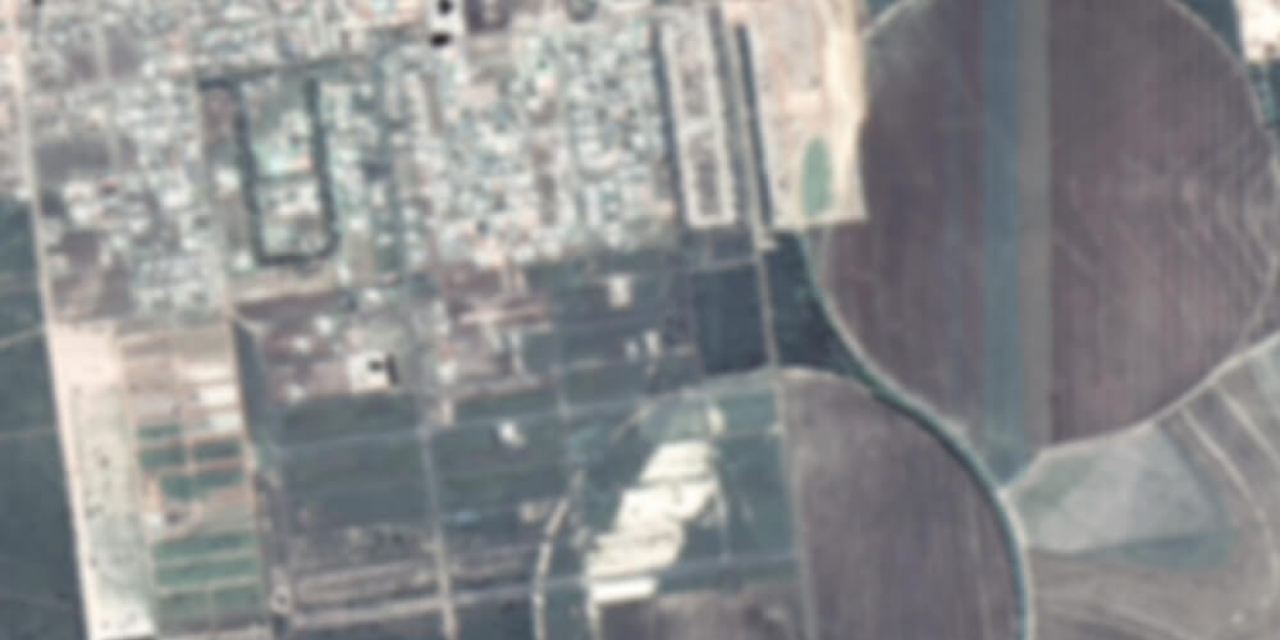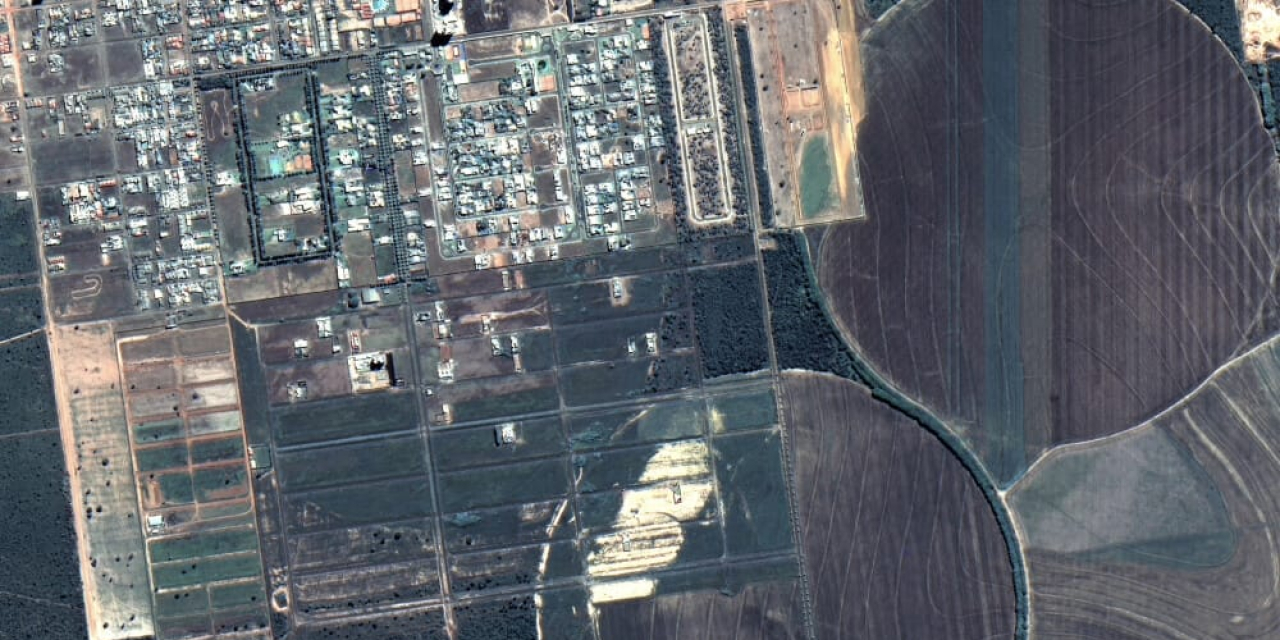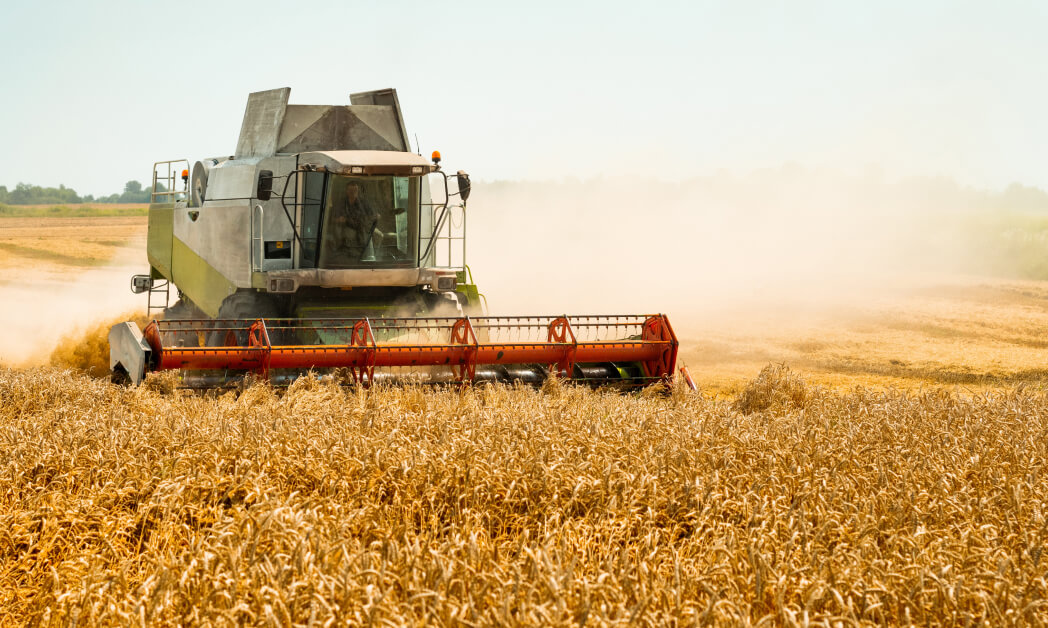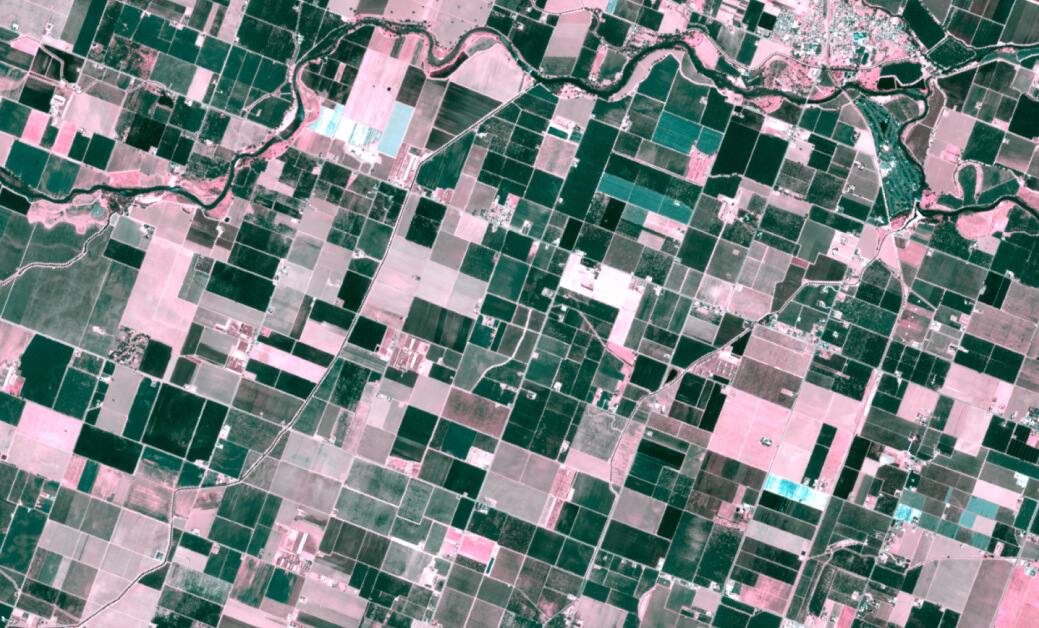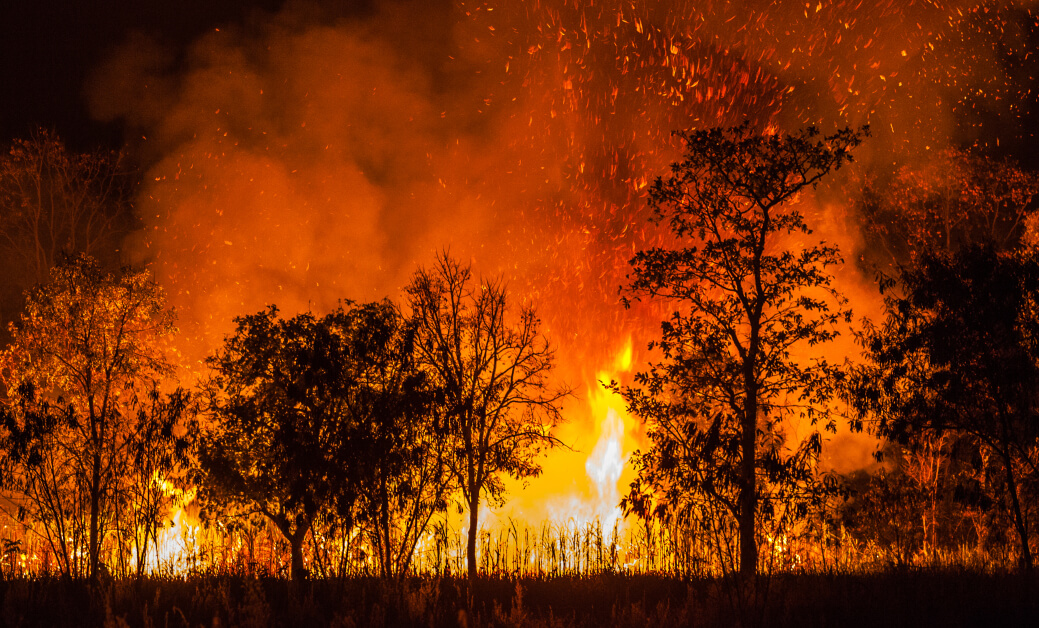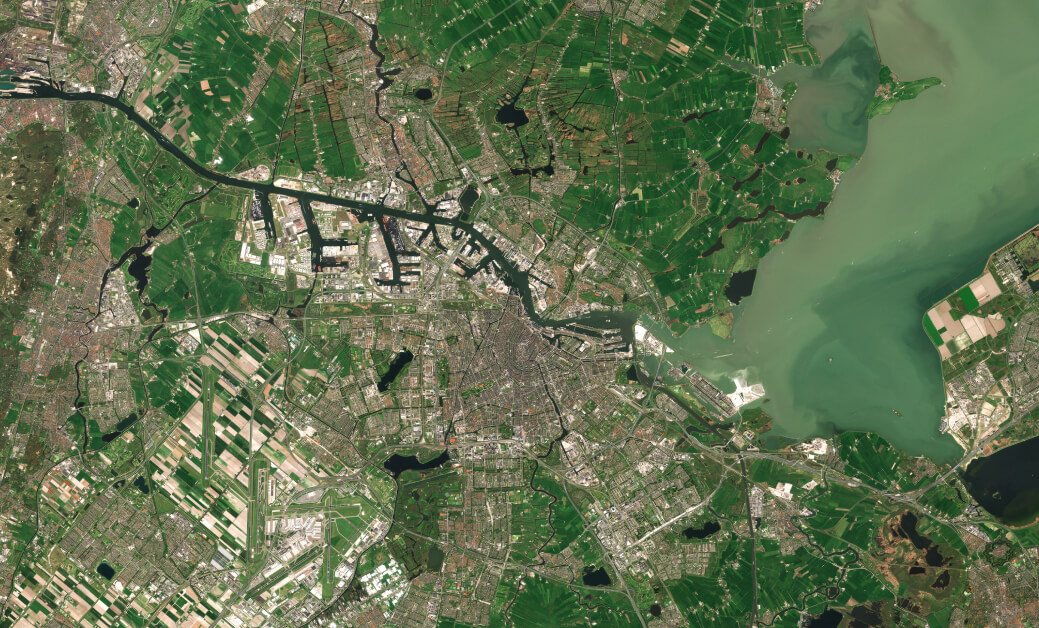High-resolution satellite imagery
The emergence of high-resolution satellite sensors have introduced a new level of advantages by providing the higher spatial resolution for most accurate, reliable and timely data, which is essential in land use change detection, precision farming, emergency response, social research among other applied fields. Being up-to-date with the evolving technologies, EOSDA LandViewer offers the option to purchase high-resolution satellite imagery from the world’s leading providers online.
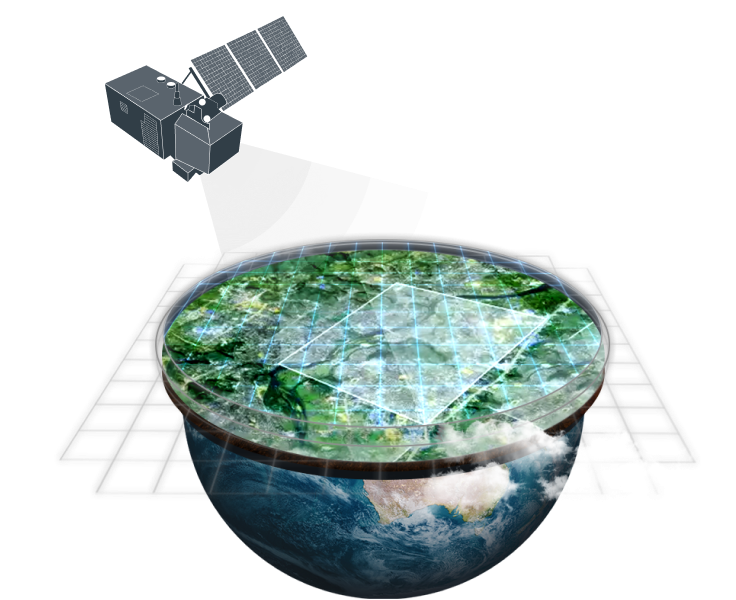
Satellites that provide high-resolution images
High-resolution satellite images for fields analytics
Use our high-resolution (3-5 meter resolution imagery) satellite images to receive the most accurate and relevant information you need for effective fields management and timely problems detection.
With high-resolution images offered within our EOSDA Crop Monitoring platform, you can track changes in vegetation, get real-time weather updates, manage scouting tasks, identify problem areas, and get notifications, significantly saving time and money. When all this information is analyzed, the system notifies the user of all changes and possible risks, providing the ability to treat the fields accordingly when and where needed to optimize resources utilization and ensure making timely decisions. Fields data is kept in one place, which makes field management easier and more efficient, allowing to monitor changes in crops health remotely, and react on-the-spot by setting scouting tasks, sharing reports with colleagues, and storing data for future analytics.
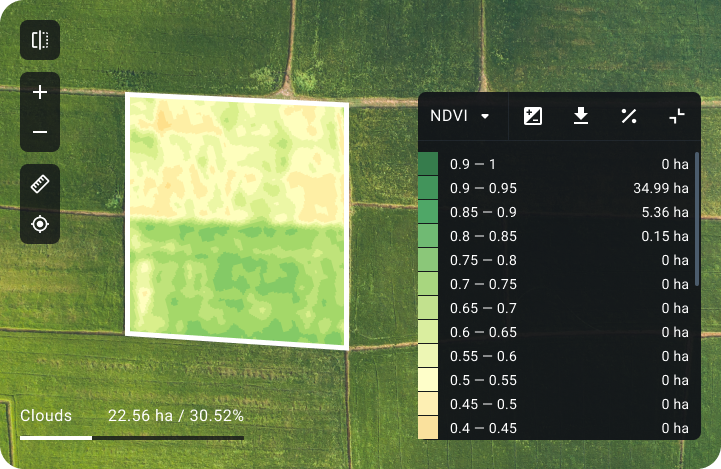
EOSDA Crop Monitoring High Resolution Imagery Add-on: Daily Updated Satellite Images With a 3m Resolution
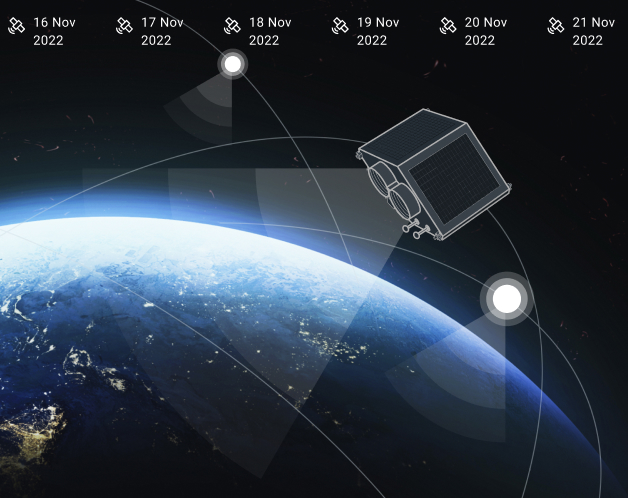
Daily Revisit
Stay updated on any risks in near real-time thanks to our daily high-resolution satellite imagery that decreases the role cloud cover plays for 3-5 day revisit of Sentinel-2.
Early risk detection allows you to prevent issues with the crops in a timely manner.
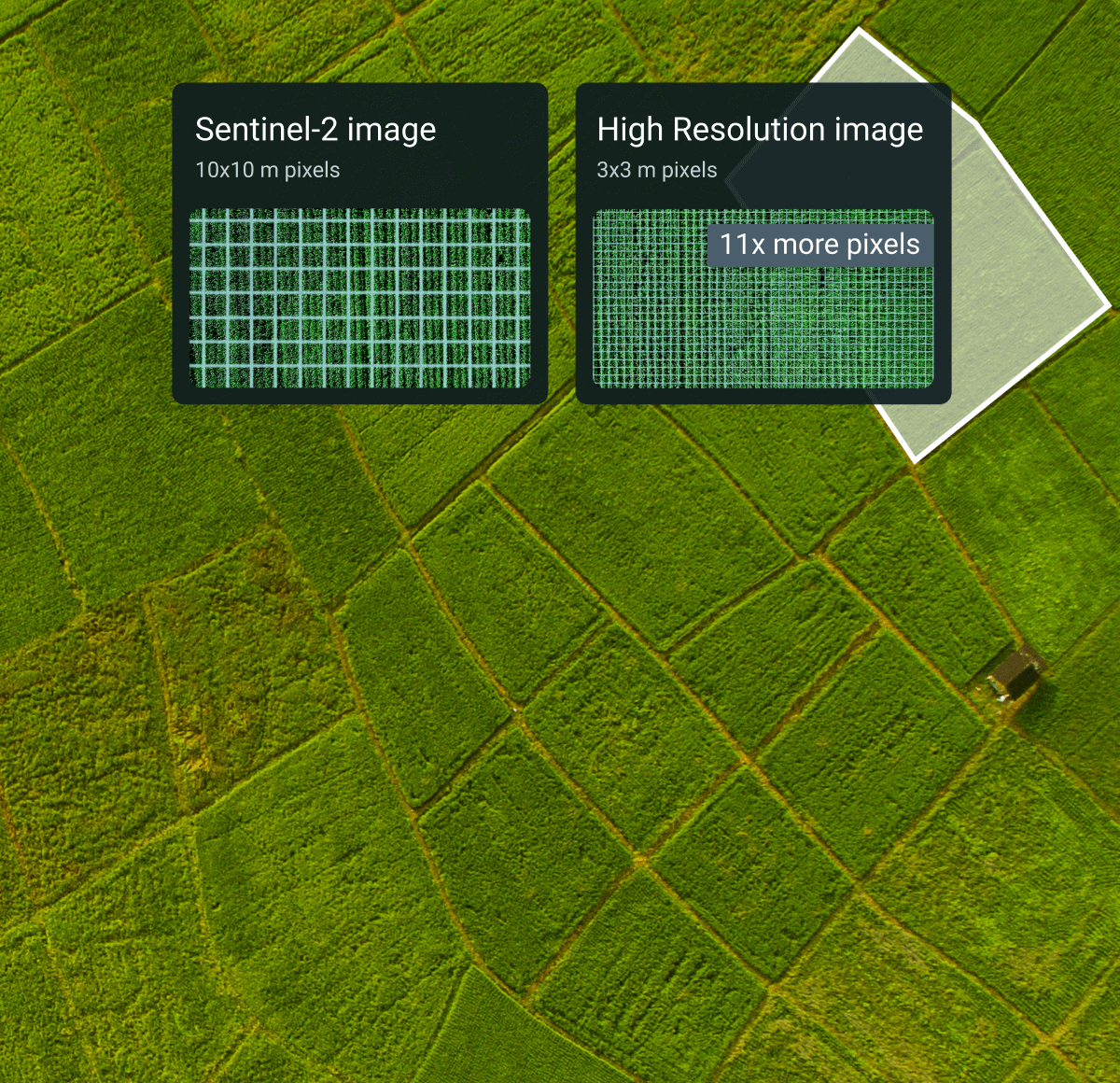
Higher Resolution Imagery:
Make better-informed decisions based on accurate data on your field conditions, reduce costs and improve yields.
Thanks to daily high-detail satellite images with a resolution of 3 meters or 9.8 feet per pixel, you can identify issues with the crops at their earliest onset, optimize scouting and other field activities.
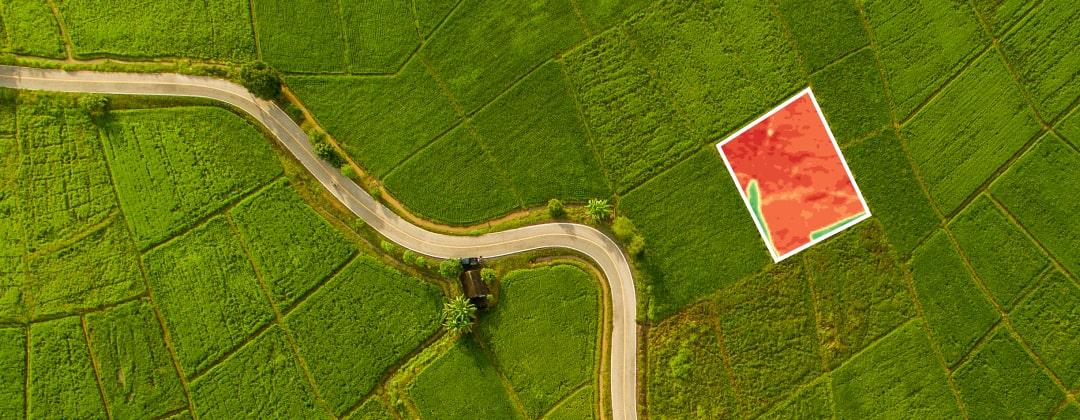
Vegetation Indices and Natural Color:
Discover a more accurate way of assessing the state of crops with an incredible 3m / 9.8 ft per pixel NDVI.
Detect chlorophyll content in plants using ReCl to assess the state of your crops during active stages of growth with more precision
Also available are the natural color images of your fields to view them with the "naked eye"
How to buy high-resolution imagery in EOSDA LandViewer
Set your AOI
Set your AOI, choose “high-resolution images” as a source data, and apply appropriate satellite filters to access the list of available high-resolution satellite images according to your query.

Check the area of intersection
Check the area of intersection with your AOI, the satellite imagery pricing, and other necessary details to select the image that best fits your needs.

Add the image to your cart
Add the image to your cart and submit the order. Make a payment with one click or contact our sales manager to agree on the purchase details.
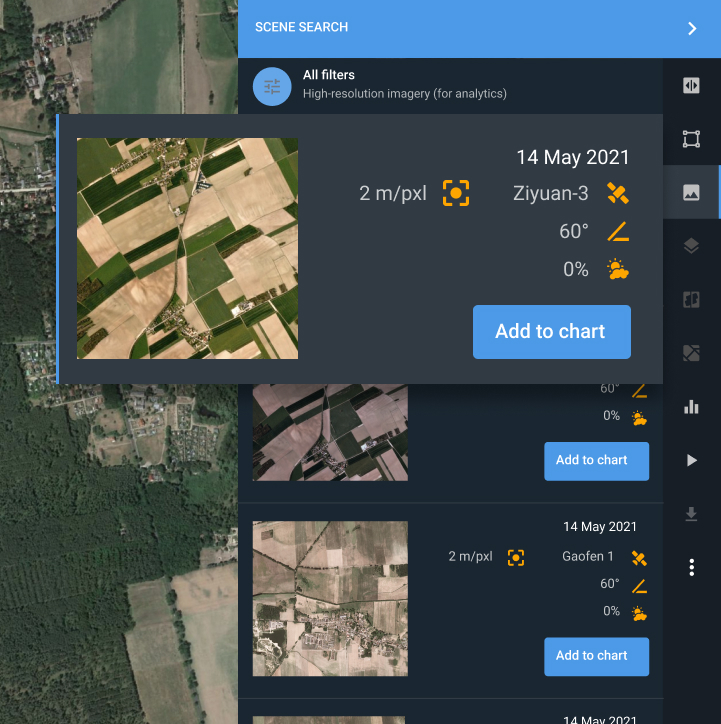
Run a full-circle of geodata processing
Run a full-circle of geodata processing workflow in one suite using mutually integrated EOSDA Platform products.
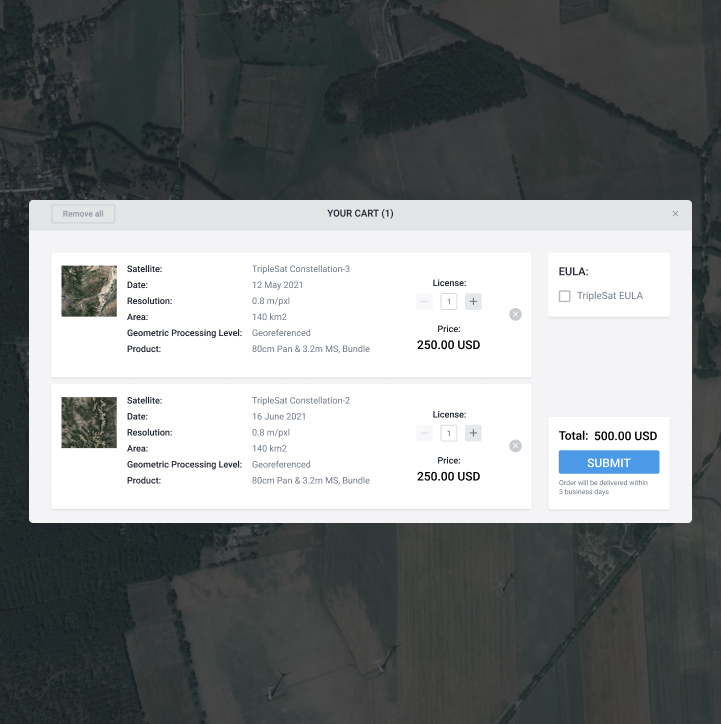
High-resolution images vs low-resolution images
Use the slider to compare Sentinel-2 (on the right) and high-res sensors (on the left) satellite images.
